categories
FIVE OUTDOOR ACTIVITIES FOR STUDYING TREES
Throughout the month of March 2021, we will be focusing our studies on the Trees Field Guide and hope that you’ll join us. Tag us in your activities through the month and use the hashtag #TLOLTrees
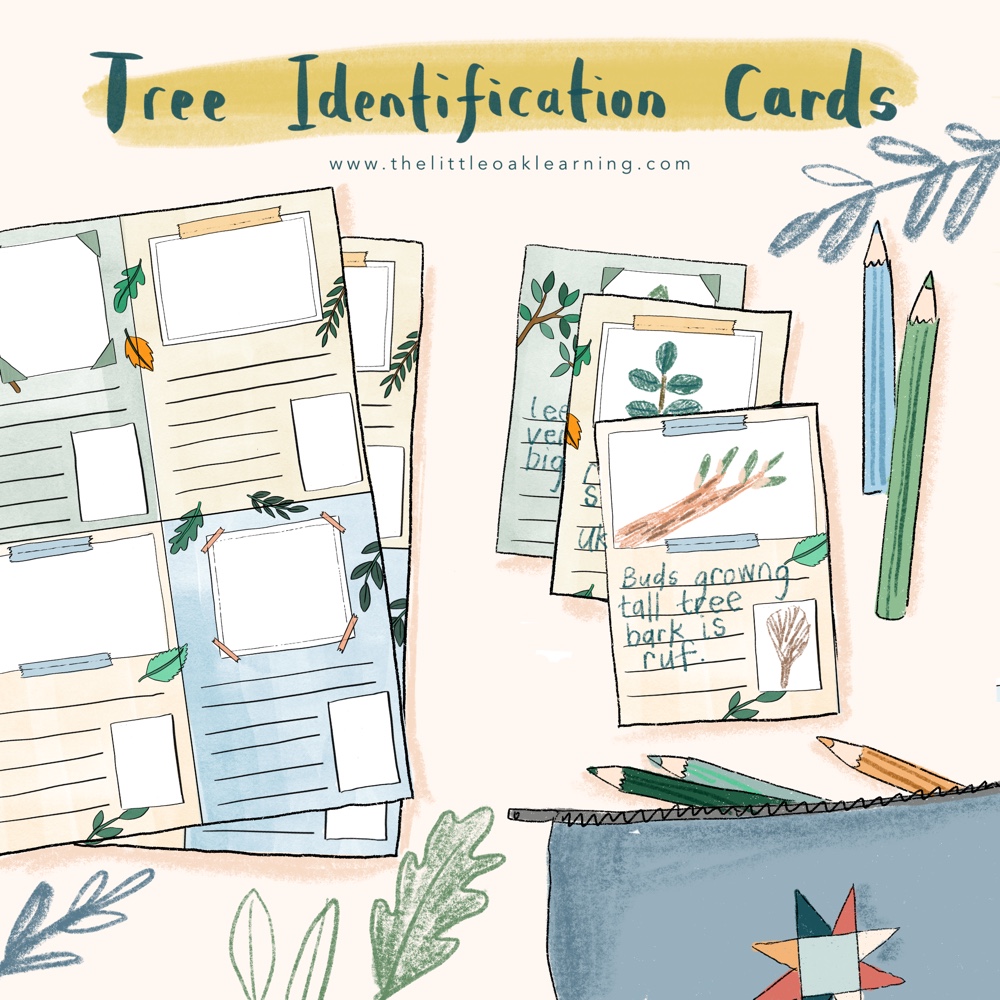
Tree Identification Cards
The tree identification cards in Field Guide to Trees are designed for you to build your own set of cards based on the trees that are local to you, and your knowledge. Depending on your interest, child’s abilities, and what you have access to, you can make cards and collect information that is relevant to your families learning journey. You can make your own identification cards, or use our template to guide you. Here’s a list of a few things you may want to include on your ID cards. You could pick a few of these facts and explore them with a variety of tree species, or individual trees that you know:
- Tree name,
- Tree height,
- Tree age,
- Leaf Information,
- Bark description,
- Medicinal uses if any,
- Folklore,
- Environment description,
- Overall health of tree.
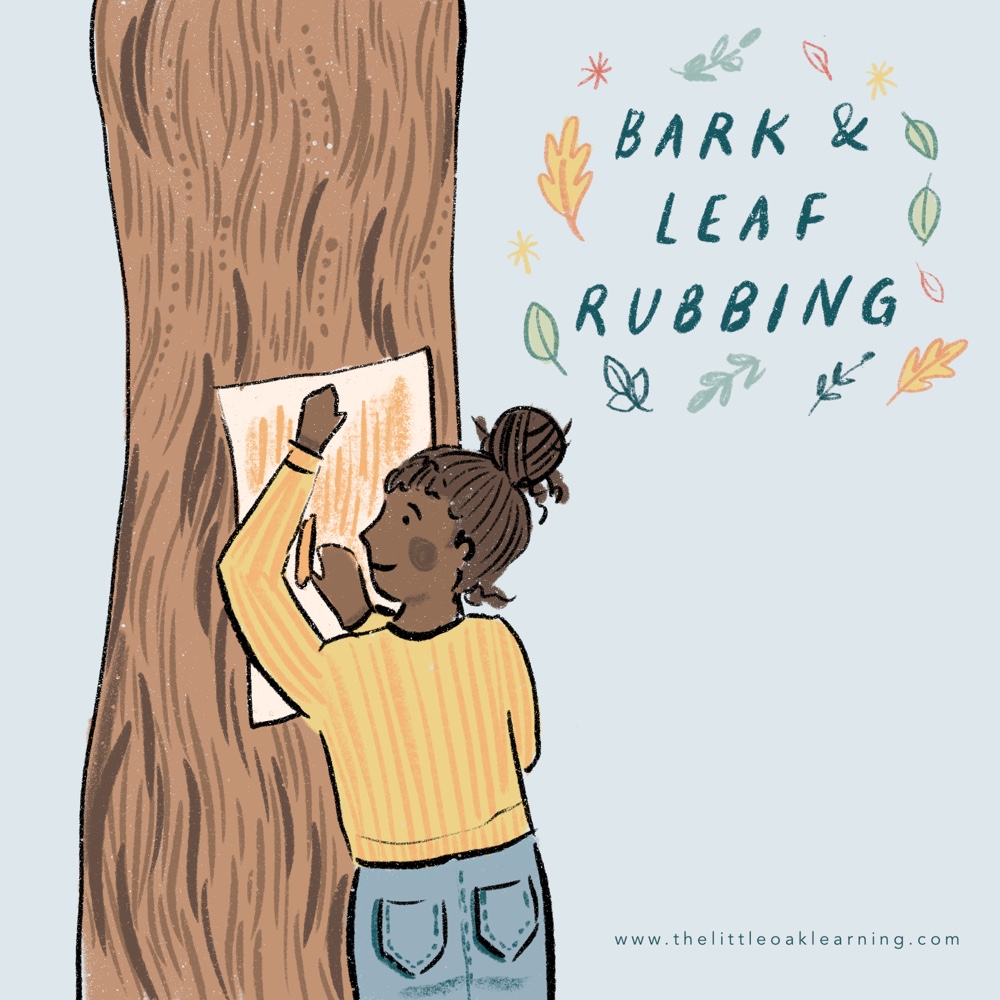
Bark Rubbings
Bark rubbings are such a simple and fun activity to do with young children. On a dry day, simply take pieces of paper and wax crayons or graphite sticks to an area with trees. You can help one another by holding the paper still against the bark of a tree, so the other person can rub their crayon over the paper and see the relief of bark showing through. Perhaps you would like to add your rubbings to your nature journal.
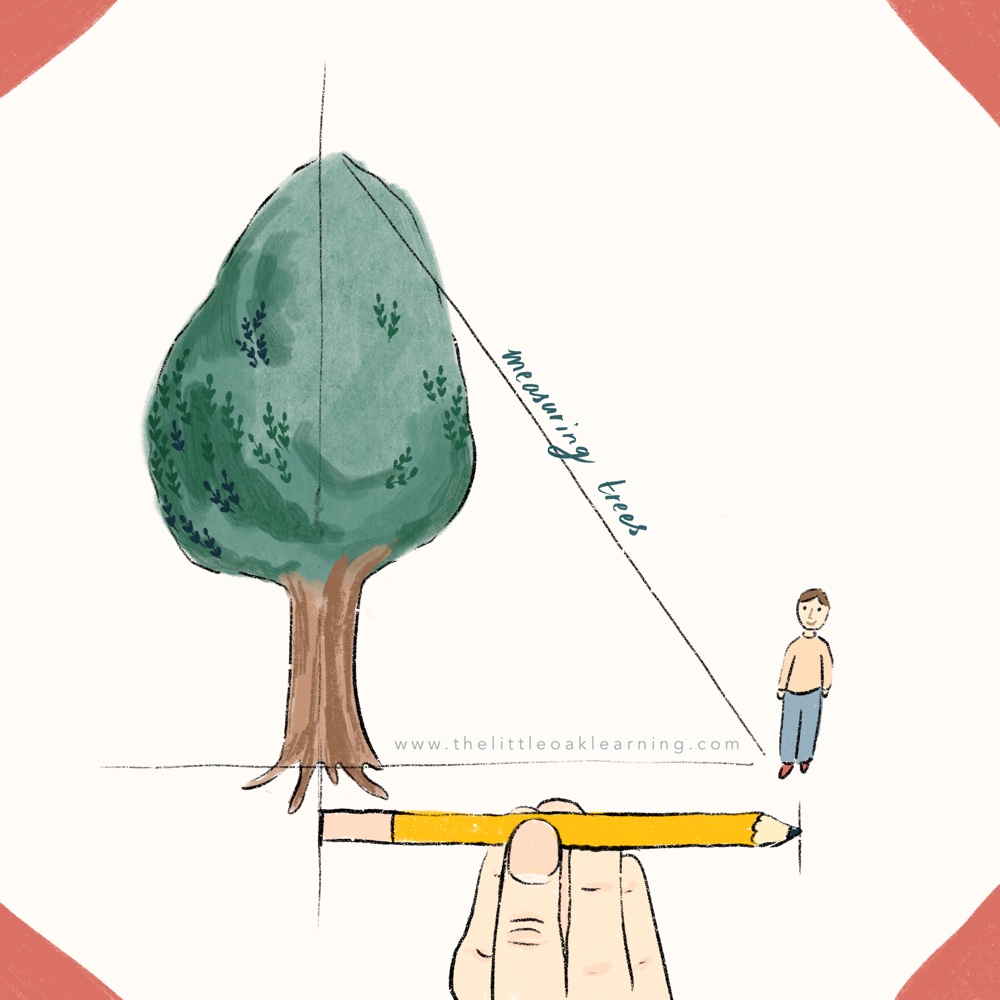
Measuring Trees
You can roughly measure tree’s height. Working in pairs, one person stands in the same spot, near to the tree. The other partner walks away from the tree and keeps looking back. Holding a pencil at arm’s length, line up the tree and the vertical pencil. Keep walking until the bottom of the tree is level with the bottom of the pencil, and the top of the tree is level with the top of the pencil.
Staying in the same spot, and holding the pencil at arm’s length, turn the pencil so that it is horizontal, with the end of the pencil at the base of the tree. The person standing beside the tree now walks away from the tree, at a right angle until they reach the “point” of the pencil. You can use two sticks to mark the spot. Measure the distance by pacing, with a measuring tape, or a piece of rope (that can be measured against a tape at home). The distance between this mark and the base of the tree is the height of the tree.
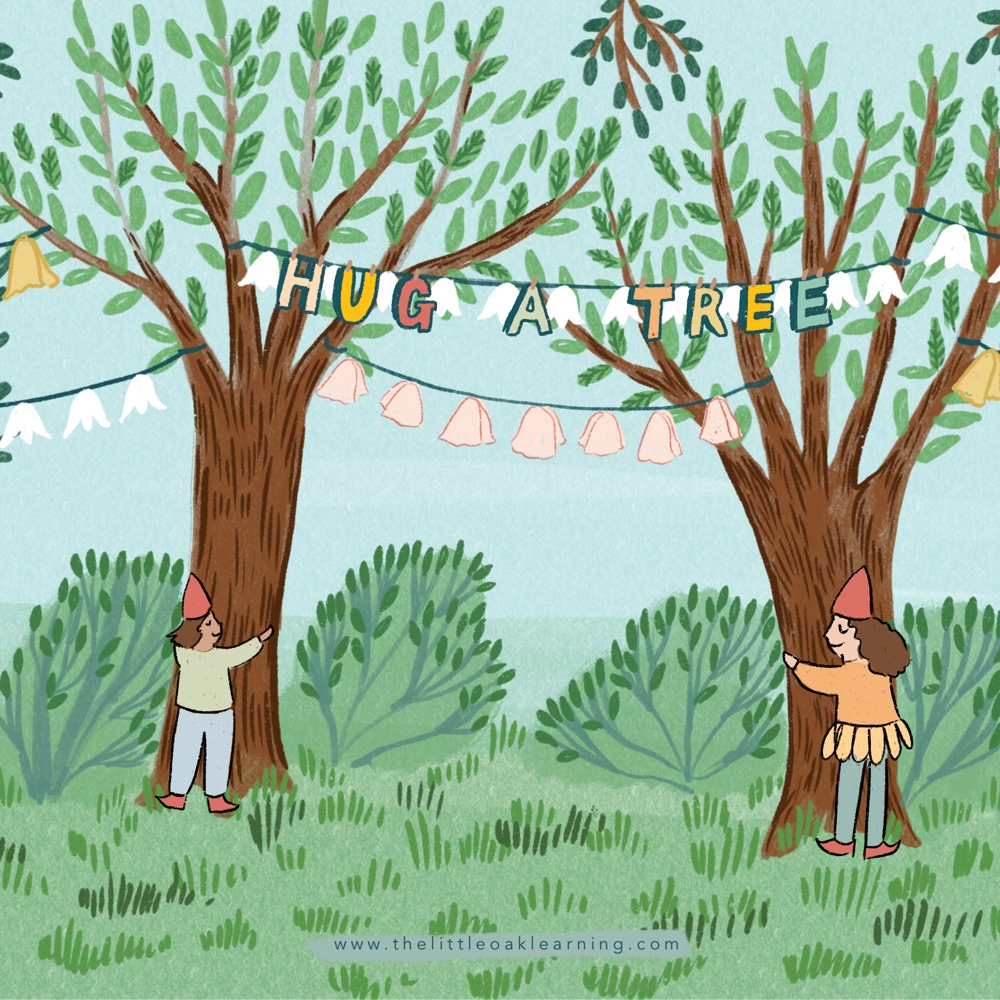
Hugging Trees
Just this. Hugging trees feels good. Do not under estimate the power of hugging a tree.
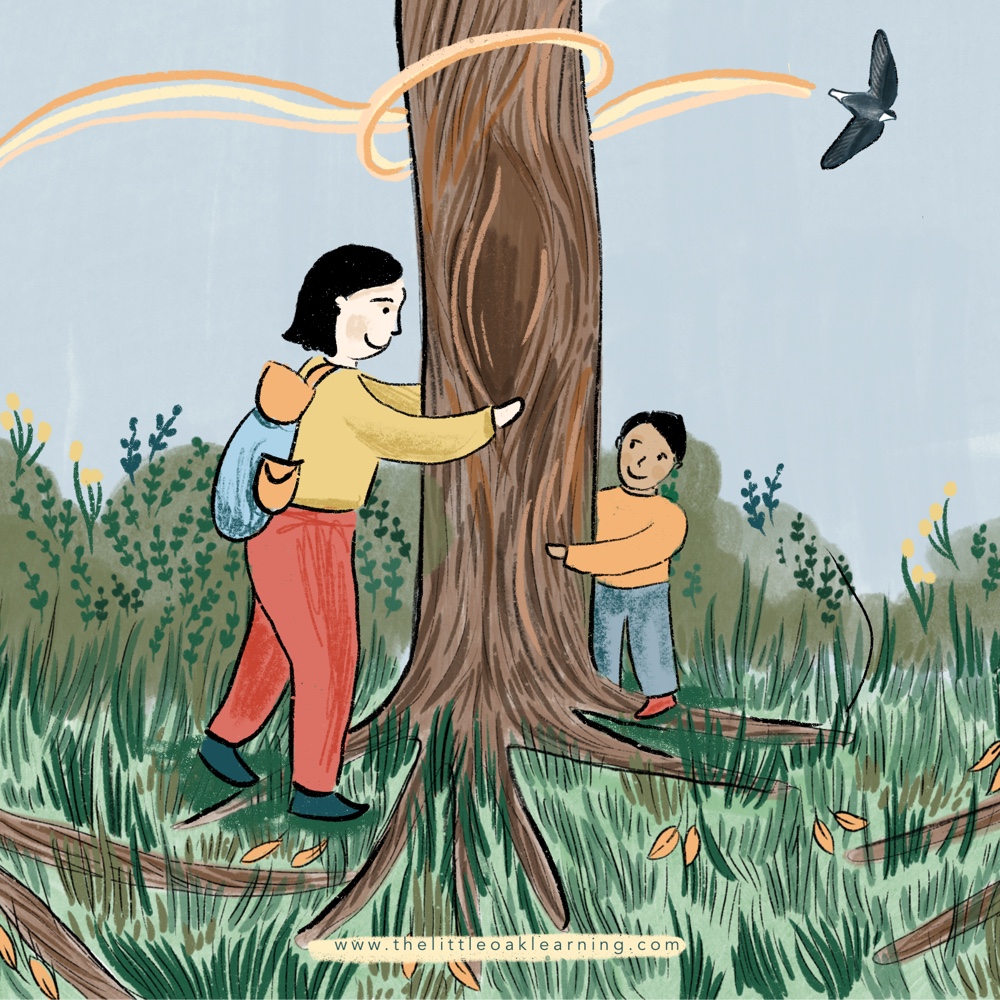
Take a Tree Walk
Take a short walk and see how many different kinds of trees you see. You may not be able to identify them all, especially if some of them have no leaves and you are unable to recognise the bark or other features. However, you can get to know the trees. Perhaps you will call one ‘tall and skinny tree with branches that go straight up’, but as you learn more, as you see another tree that looks similar, as the leaves appear on the branches, you will get to know this tree. You will be building a relationship with this tree and slowly learning about it over time. And that is the best relationship we can model for our children. A slow and steady relationship of respect and care and an openness to learning over time.
CATEGORY
3/19/2021
COMMENT LOVE